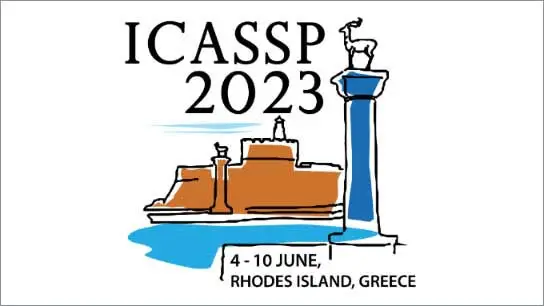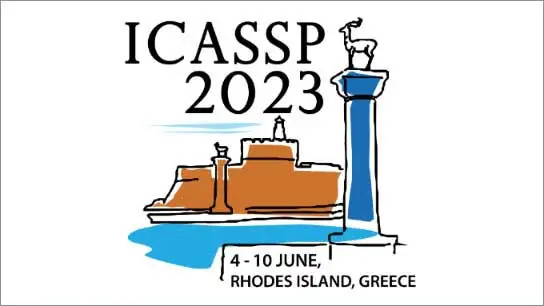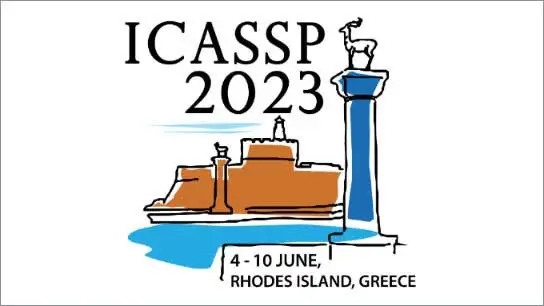Learning Hybrid Representations of Semantics and Distortion for Blind Image Quality Assessment
Xiaoqi Wang (Nanjing University of Posts and Telecommunications); Jian Xiong (Nanjing Univeristy of Posts and Telecommunications); Bo Li (Xihua University); Jinli Suo (Tsinghua University); Hao Gao (Nanjing University of Posts and Telecommunications)
-
Members: FreeSPS
IEEE Members: $11.00
Non-members: $15.00
06 Jun 2023
Recently, some studies have shown that semantic and distortion representations both benefit the evaluation of image quality. However, the images of existing synthetic distortion databases are annotated with subjective quality scores and distortion types, lacking labels with semantic objects. Therefore, it is virtually infeasible to learn the representations of image semantics and distortion by co-guiding with semantic and distortion labels. To address this issue, we propose a dual-perception network (DPNet) via an end-to-end multi-task learning method, where knowledge distillation is leveraged as a semantic label-free strategy. Specifically, semantic representation derived from pre-trained ResNet152 is applied to supervise the output of DPNet, while the output is utilized to construct a distortion recognition task. In this way, image semantics and distortion can be hybridly represented in an identical feature map. Finally, image quality is regressed based on the hybrid representations. Experimental results conducted on five benchmark databases validate that the proposed method can achieve state-of-the-art performance.



